When you first get your new puppy he may, quite naturally, be timid and anxious in his new surroundings. There are two main issues that you may have to face in the first weeks: - separation anxiety and fear of noise. It is vital that these issues are dealt with immediately to avoid problems in the future.
Separation Anxiety - the fear of being left alone.
Separation anxiety can be a real problem for dogs, therefore make certain you deal with it from the start. The dog starts his life in a secure setting with his mother, brothers and sisters. When he is taken away from this safety to a new house and different people, he is naturally going to be dismayed and anxious when he is left alone. However, knowing the source of puppy separation anxiety will not cure it! If a dog cries when he is left, it is wrong to assume he will simply grow out of it. If you don't act and do something about it, it will turn into a habit long after the cause of the anxiety has disappeared. Puppy training must be undertaken gradually, if separation anxiety is to be overcome.
Feed your pet as normal and allow him to potty outside. Have fun with him for a little time, then leave on his own in a closed room for a short time, say 15 to 30 minutes. Leaving a radio on to ensure that the room is not completely quiet is a good plan, and may perhaps reduce the separation anxiety experienced by your pet.
When you come back, enter the room in a quiet and calm way. Stroll around the room but ignore the pup, ideally proceed with the sort of routine you would typically follow in the room. It is important that you do not make eye contact with the pet.
After approximately five minutes have elapsed, begin to play with the pup. The play time should go on for something like 10 minutes at which time you will leave the room once more, this time for a little longer. Consistency is the answer to tackling separation anxiety.
Again when going back into to the room, pay no attention to the pup. Go over this each day until you are able to leave the pup for a prolonged period without any separation anxiety.
This dog training replicates the behaviour of the wild, when the dominant pair would ignore the rest of the group until they were ready for contact. Your pet will intuitively respond to this conduct, as it is in effect, hard-wired into his system. With patience and routine, your pup will quickly be happy and established in his new home without showing any separation anxiety.
Puppy Noise Training ?dealing with his fear of noise
One of the first problems you may have, when your puppy first arrives in your home, is the pet's fear of noise. Puppy obedience training will acclimatise your puppy to those threatening sounds as soon as possible. You will use your position as group leader to make your dog realize that there is nothing to be afraid of from the noises. You will need to be tolerant and calm right through this training to succeed.
It would be great if we could simply make clear to the pet that the vacuum cleaner is okay and won't hurt them, but we can't! Here's a step by step guide to puppy noise training - using a vacuum, but adapt to any ordinary noisy activity which scares your dog. No matter what the noise always deal with it head on - hoping the anxiety will disappear will not work and can lead to real issues as the pet grows up. A puppy barking and snarling at the vacuum could be quite cute - a fully grown dog showing this behavior is a very different and disturbing proposition.
Puppy noise training when using a vacuum cleaner
As you are about to vacuum, put the dog in a room with the door ajar, and a child safety gate across the doorway. Have someone the dog knows, like a member of your family, in the room with him. Start vacuuming in the furthest corner of the opposite room, making sure the dog can see you. If the puppy displays any sign of distress, the person should hold the puppy, but not stroke or fuss him. They should not talk to the dog. Continue to vacuum closer to the pup, making certain the puppy never loses sight of you. Switch off the vacuum, and place the puppy back on the floor.
A few minute later turn it on once more and if the puppy is still distressed, the person must again hold the puppy to reassure him, but not fuss or stroke him. Keep on until the vacuum is in the same room as the pup. You will have to do this training daily until the dog makes no reaction at all to the noise. It may take some time however as some puppies are quite troubled by loud sounds.
Acclimatising your pup to scary sounds and unexpected noises early in their life will reap rewards later on. As your pet develops and starts to discover the world beyond the home, he will face lots of new and startling sounds. This early noise training in the home will go a long way to preparing him for the big noisy world outside the door.
Training Puppy for Outdoor Noises
It will be very new and strange for your pet when he first begins to explore the world outside his home. The sounds will not be controlled by you in the same way as in the house. You should try to show how calm and unruffled you are by the noises until the dog follows your lead and accepts them.
Decide on a relatively busy road for this training, one where there are gaps in the traffic, but it is still quite noisy. Take him to the side of the street and wait there. When a vehicle goes past and your puppy reacts to the noise, make sure you do not react at all. Stay calm and quiet as you let the car pass by and the noise fade away. Do not make excessive fuss just praise and give him a treat. There should not be any fuss at all as he must see this as just normal behaviour. Wait for the next vehicle on the road; let it go by and once more reward after the sound has faded away.
By repeating the puppy noise training over a week or so, your dog will soon get the idea that you are not scared of the noise - therefore why should he be scared of it.

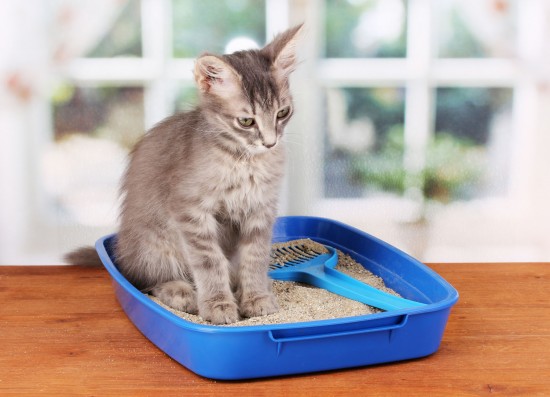 Constipation In Cats
Constipation In C
Constipation In Cats
Constipation In C
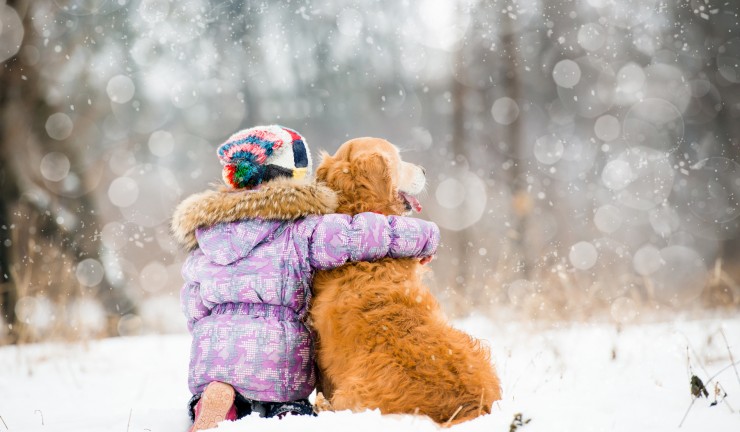 Health Dangers For Dogs Over The Festive Season
Health Dangers Fo
Health Dangers For Dogs Over The Festive Season
Health Dangers Fo
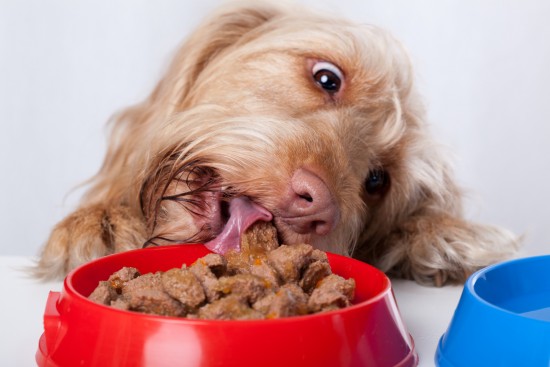 How To Minimise The Chances Of Your Dog Developing Bloat
How To Minimise T
How To Minimise The Chances Of Your Dog Developing Bloat
How To Minimise T
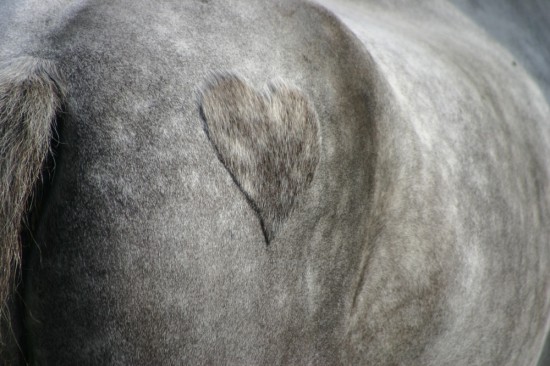 Clipping Your Horse Tricks Of The Trade
Clipping Your Hor
Clipping Your Horse Tricks Of The Trade
Clipping Your Hor
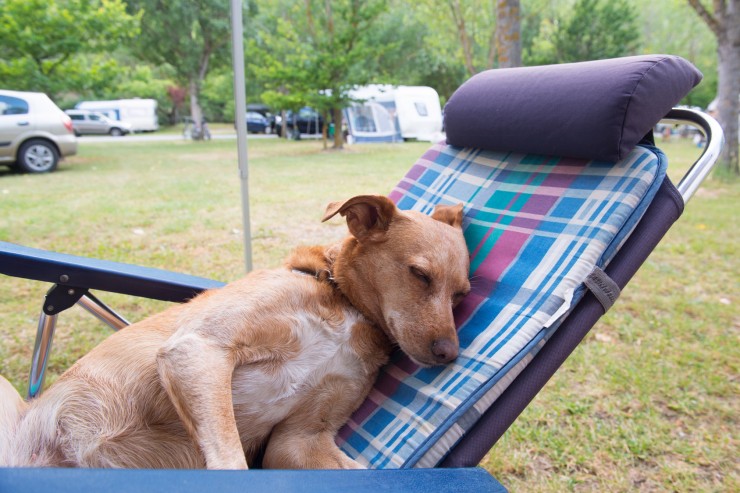 How To Plan A Holiday In The Uk With Your Dog In Tow
How To Plan A Hol
How To Plan A Holiday In The Uk With Your Dog In Tow
How To Plan A Hol